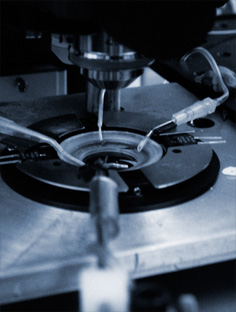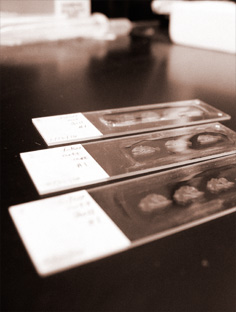Research

We are investigating dorsal striatal synaptic transmission and its influence on motor control and reward. Dopamine signaling is a critical element in striatal synaptic plasticity, and our recent collaboration with Xiaoxi Zhuang implicates the cAMP/PKA system as an important mediator of that plasticity. Using both genetic models and pharmacological approaches, we are exploring cellular mechanisms that link cAMP signaling to changes in the strength of glutamatergic synaptic transmission. The loss of dopaminergic inputs in Parkinson's disease alters striatal output, and this can be compensated to a significant degree by chronic treatment with the dopamine precursor, L-DOPA. Over time, L-DOPA induces modifications to the striatal circuitry that cause uncontrolled movements, referred to as L-DOPA-induced dyskinesia. Our working hypothesis is that both dopaminergic denervation and chronic L-DOPA treatment alter striatal plasticity in a persistent manner, which contributes to the relief of akinesia by dopamine agonists, as well as the dyskinetic response following chronic L-DOPA treatment.
- Cagniard B, Beeler JA, Britt JP, McGehee DS, Marinelli M, Zhuang X. (2006) Dopamine scales performance in the absence of new learning. Neuron 51(5):541-7.
- J.P. Britt, D.S. McGehee (2008) Presynaptic opioid and nicotinic receptor modulation of dopamine overflow in the nucleus accumbens. J. Neuroscience 28(7):1672-81.
- M.A. Kheirbek, J.P. Britt, J.A Beeler, Y. Ishikawa, D.S. McGehee, X. Zhuang (2009) Adenylyl cyclase type 5 contributes to corticostriatal plasticity and striatum-dependent learning. J Neurosci. 29(39):12115-24.







